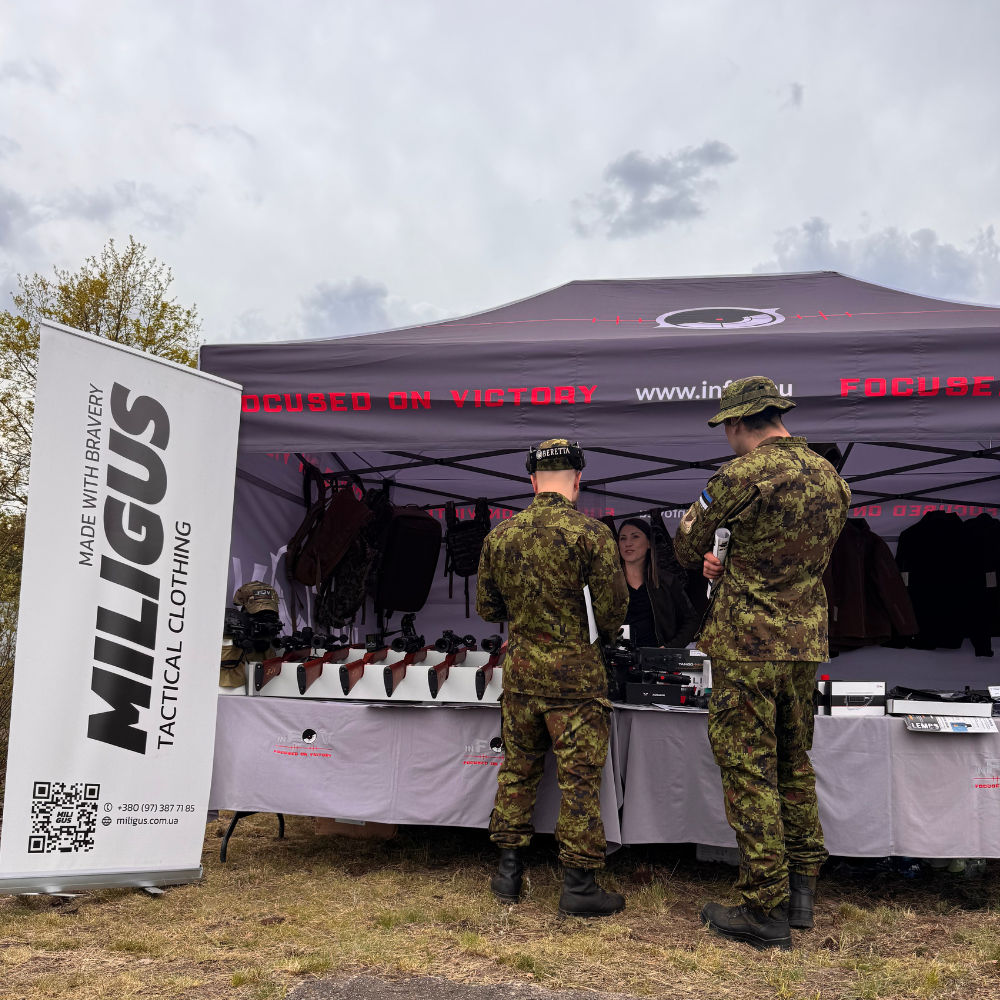A tactical first aid kit is a key piece of equipment for anyone who operates in the field, performs tasks in difficult conditions or participates in security and defense activities. In case of emergencies, a quick response can determine health or even life. Therefore, a tactical first aid kit should be properly assembled, easy to carry and adapted to the specific activities. In this article, we outline what should be included in every tactical first aid kit to make it effective in the most demanding situations.
1. basic accessories for stopping hemorrhages
The first and most important task of a tactical first aid kit is to stop bleeding. In emergency situations, when time is at a premium, you need to have access to supplies that will quickly minimize the risk of blood loss.
- Tourniquets – These are essential for severe hemorrhages, especially from the extremities. A tourniquet allows you to quickly stop bleeding in situations where traditional bandages are not sufficient.
- Hemostatic gauze and dressings – Hemostatic gauze, such as cellulose with coagulants, helps stop bleeding in wounds with a large surface area. It’s an essential part of a first aid kit in situations where you need to quickly stop bleeding from an injury or gunshot wounds.
- Elastic bandage – Useful for stabilizing wounds, stopping bleeding, and immobilizing joints or limbs in case of injury.
2. wound cleansers and disinfectants
Infection is one of the biggest risks in any wound, especially in the field. Proper wound disinfection can prevent the development of infection and promote rapid healing.
- Antiseptics – It’s always a good idea to have disinfectants such as iodine solution, isopropyl alcohol or benzalkonium chloride in your tactical first aid kit to effectively clean wounds.
- Hydrogen peroxide – Used to clean wounds, especially if they are dirty, it can help remove contaminants.
3. bandages and dressing materials
- Adhesive dressings – These are basic materials that allow you to cover smaller wounds and burns, protecting them from further contamination. It is important that they are resistant to moisture and adhere well to the skin.
- Wound patches – It’s also a good idea to have bandage patches, especially for minor injuries. Designed to protect superficial wounds.
- Sterile compresses – Will help cover wounds and ensure hygiene during cleaning.
4. painkillers and anti-inflammatory agents
Under difficult conditions, when pain is unavoidable, appropriate painkillers are essential to reduce suffering and allow you to continue operating.
- Ibuprofen or paracetamol – Your first aid kit should include basic painkillers that also have anti-inflammatory effects. Ibuprofen helps with musculoskeletal injuries, while paracetamol is effective for moderate pain relief.
- Non-steroidal anti-inflammatory drugs (NSAIDs) – To combat severe pain and inflammation.
5. burn dressing kit
Burns, especially thermal or chemical burns, are among the most difficult injuries to manage in the field. So it’s worth equipping your first aid kit with the right supplies.
- Gels and ointments for burns – Used to relieve pain and speed up the healing process in first- and second-degree burns.
- Burn dressings – Reliable for deeper burns, they help relieve symptoms and prevent infection.
6. anti-seizure and allergy medications
In situations that carry a risk of shock, a tactical first aid kit should also contain life-saving drugs.
- Epinephrine (in ampoules or autostroke) – Necessary in case of anaphylactic reaction or severe allergic reaction to insect bites, chemicals or foods.
- Shock medications – Your first aid kit should also include shock remedies (such as electrolyte solutions), which may be necessary in situations where you lose a lot of fluids.
7. scissors and cutting tools
A tactical first aid kit must not lack the right tools to cut bandages, clothing or other materials in case of need.
- Emergency scissors – A tool for quickly and safely cutting clothing, belts or medical supplies in harsh environments.
- Multifunctional knife – It can come in handy not only for first aid, but also for other tasks in the field.
8. other rescue accessories
- Protective gloves – Disposable gloves should be included in the first aid kit to allow medical procedures to be performed under sanitary conditions.
- Thermometer – Allows you to quickly check the body temperature of an injured person.
- Nose and mouth brace – It’s worth having protective masks in your first aid kit, especially for respiratory injuries.
Summary
A tactical first aid kit is an item that can save lives in an emergency. Its contents should be adapted to the conditions in which you are operating and to the specifics of the mission. Above all, it should contain materials to quickly stop bleeding, clean wounds, relieve pain and provide first aid in life-threatening situations. Choosing the right accessories and checking them regularly is key to ensuring safety in any terrain.
Remember that a well-completed tactical first aid kit is not just a collection of medical supplies, but also a tool that can determine the success of a mission.



